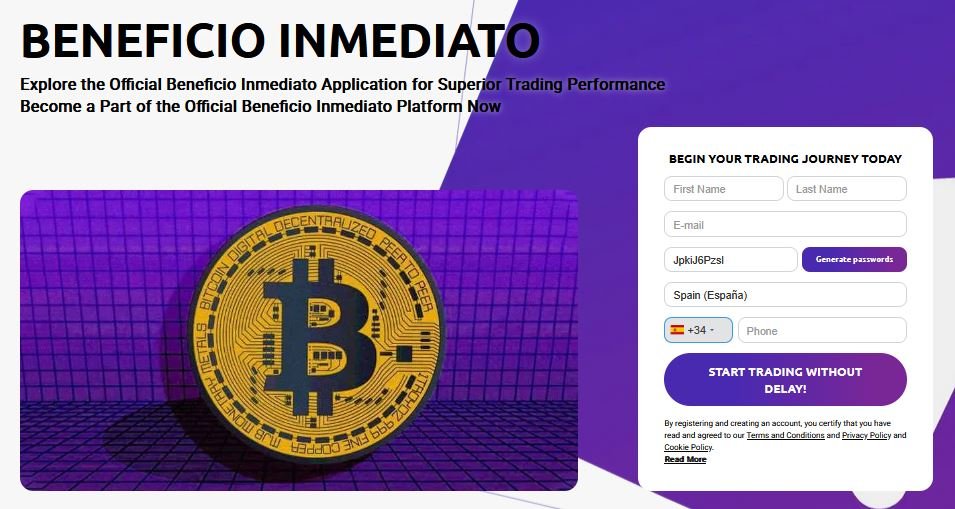The XRP network will receive a new security update

The XRP Ledger (XRPL) network, the protocol on which the XRP token operates, is preparing to incorporate a new security mechanism.
The proposal, dubbed “XLS-86 Firewall” and already approved by the XRP community, introduces control tools that users will be able to configure on their accounts to reduce the risks of attacks and hacks.
The acronym XLS stands for “XRP Ledger Standards”, i.e. formal technical proposals that seek to improve the network created by Ripple.
How does this new Ripple network security mechanism work?
XLS-86 proposes a “firewall” designed to prevent an attacker from emptying an account immediately in the event of a private key being compromised.
Denis Angell, one of the developers behind this initiative, explained that the goal is to “add customizable security to XRP Ledger accounts” through different features.
These include time-based spending limits (such as daily limits on sending funds), whitelists of trusted addresses that will be unrestricted, and the option to set up backup accounts to which funds are automatically transferred if an attack attempt is detected.
According to Angell, the mechanism aims to offer a simple experience, which can work as an alternative or complement to multisig protection.
The proposal’s repository warns that “the XRPL protocol currently does not have a native mechanism that prevents a compromised account from being instantly drained by an attacker.”
This problem, the authors point out, represents a barrier to the mass adoption of self-custody solutions, since the risk of losing all funds suddenly discourages many users.
Preventing hacks, the central purpose of the proposal
The firewall seeks to respond to this limitation, introducing configurable restrictions on outgoing transactions, both in volume and frequency.
With this, even if an attacker gains access to a private key, they would not be able to transfer the entire balance of an account at once, which would give the owner time to react and protect their assets.
The proposal also details that the firewall will be an optional resource, which users can activate according to their needs.
The firewall primarily targets “retail users and small businesses,” which often lack advanced technical tools.
In order not to interfere with the use of an XRP wallet, this proposal includes a whitelist system that allows you to designate trusted accounts to which fewer limitations will apply.
In these cases, the firewall is presented as a simpler option than multisig configurations, while maintaining compatibility with traditional network transactions.









